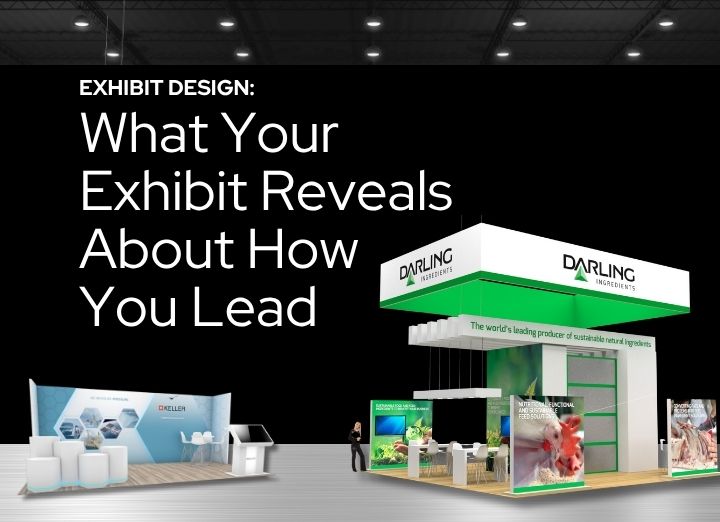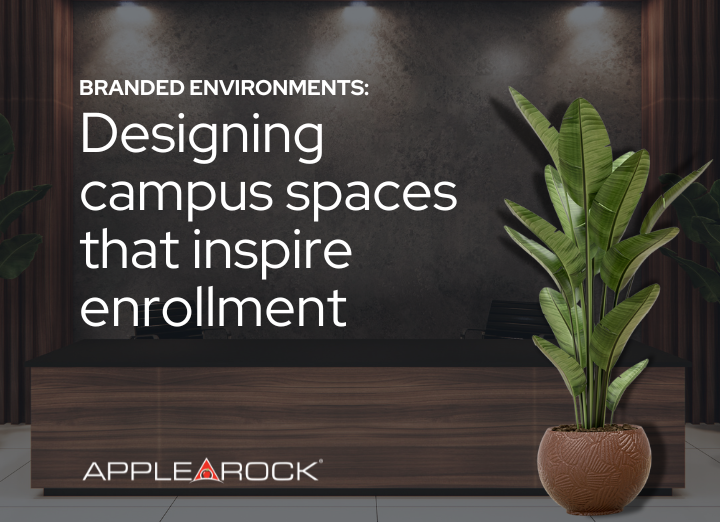There are many differences in inkjet and solvent printers, and for certain applications or projects, one may be better suited for the job. Here’s a quick rundown of the pros and cons of inkjet printers.
Inkjet print has many positive aspects that can be beneficial to the consumer. The inks used are usually water-based, making the entire process more environmentally friendly. These printers also give you the best quality and color range for applications requiring vibrant colors and highly detailed images. Inkjet printers are available in various sizes ranging from 24” to 72”; the print area is usually 1.5” smaller than the actual printer. Finally, the flexibility of inkjet printers means that there are many different mediums that can be used – from photo papers to vinyl banner materials.
Inkjets also have some negative qualities that will cost your business a little more to produce. Since the print process uses water-based inks, the prints that are produced are not ideal for outdoor events or displays. They will not withstand the outdoor elements unless a UV laminate is added to the print to protect the inks. This will require a laminating machine and extra materials, in turn making the inkjet process more expensive. With the UV lamination the print has a 1 year outdoor life. Without the UV lamination, inkjet prints will only last a couple of days in the outdoor elements, and rain will ruin the print immediately. That is why inkjet prints are recommended for indoor use only.
The size of the final product may also be an issue – some applications may require high quality prints larger than 72 inches wide. The inkjet printers are limited in size, but there are companies developing inkjet printers up to 120 inches, so hopefully this issue will be resolved in the near future.
Here at Apple Rock Displays we offer both inkjet and solvent prints. Solvent is another print process that we’ll cover in a later post – stay tuned!





